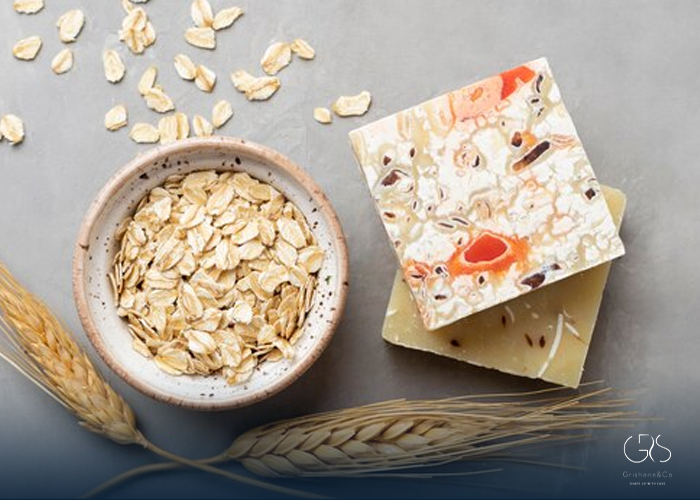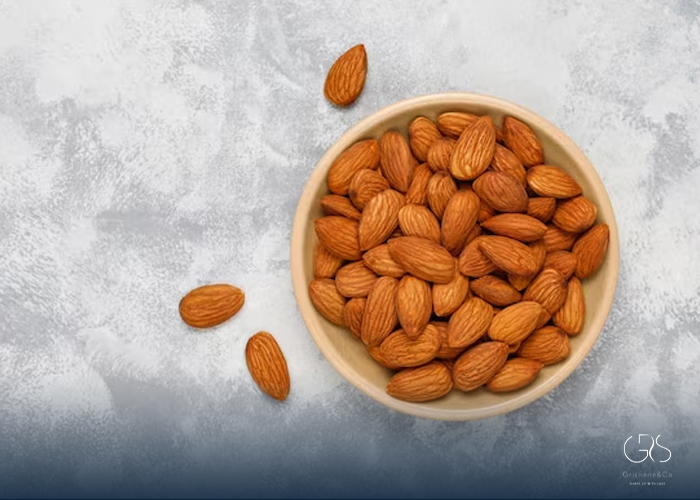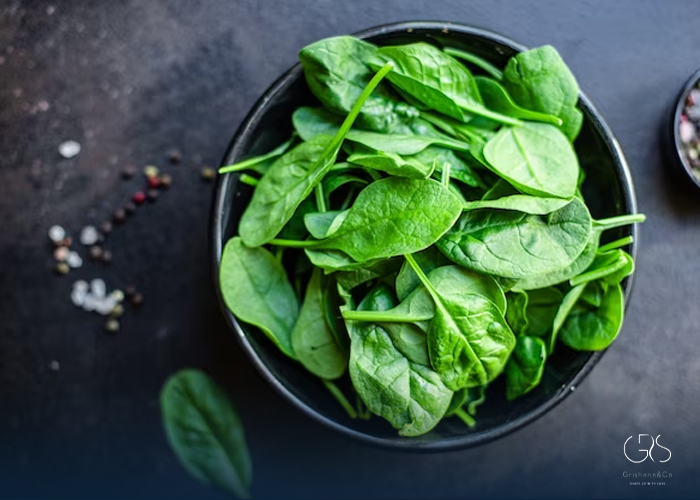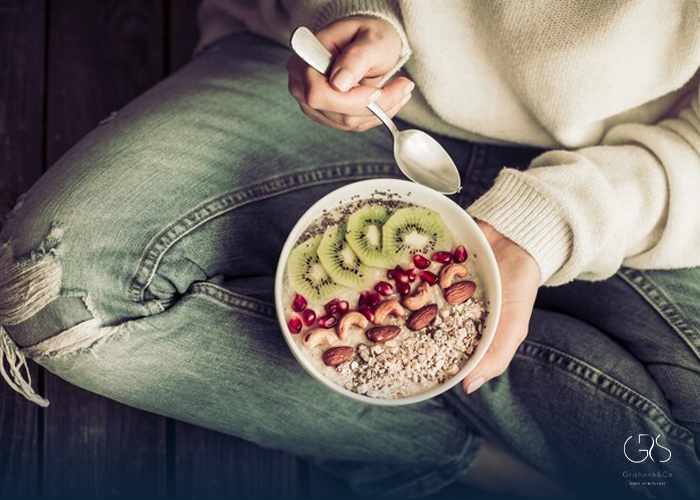Are you trying to lose weight or simply looking to make healthier food choices and low calorie foods? It can be challenging to navigate the countless diet fads and conflicting information available online. However, one key factor to consider when it comes to weight loss and overall health is satiety – the feeling of fullness after a meal.
While some foods may be low in calories, they may not keep you feeling full for very long. On the other hand, some high calorie foods (such as those high in sugar and fats) may provide temporary satisfaction, but ultimately lead to overconsumption and weight gain. The solution? Low calorie foods that are high in fiber and protein, which can help you stay fuller for longer periods of time.
As a dietitian, I am often asked about low calorie foods that provide optimal satiety. Here are my top 10 recommendations:
Top 10 recommended low calorie foods
Oatmeal:
A bowl of oatmeal in the morning can keep you feeling full throughout the day. It contains soluble fiber that absorbs water and expands in your gut, signaling to your brain that you are full. Plus, it can be customized with various toppings to suit your taste preferences.

Berries:
Not only are berries low in calories (a cup of strawberries contains only 49 calories), but they are also high in fiber and antioxidants. They can be consumed as a healthy snack or added as a topping to yogurt or oatmeal.
Eggs:
They are high in protein and contain essential amino acids that your body needs for optimal function. Eating eggs for breakfast can keep you feeling full and reduce the likelihood of overeating later in the day.
Greek Yogurt:
This form of yogurt is high in protein and low in sugar, making it a great option for those looking to lose weight. It can be consumed as a snack, or incorporated into recipes as a substitute for high calorie ingredients.

Lentils:
Lentils are a great source of protein, fiber, and antioxidants. They can be used in soups, stews, salads, and more.
Broccoli:
This vegetable is high in fiber and water content, which can contribute to a feeling of fullness. It is also rich in vitamins and minerals, making it a great addition to any diet.
Quinoa:
A gluten-free grain that is high in protein and fiber. It can be used as a base for salads or a substitute for rice or pasta.
Almonds:
A handful of almonds (around 23 pieces) contains around 160 calories and is a great source of healthy fat and protein. They can be consumed as a snack, or added as a topping to oatmeal or yogurt.

Tuna:
A great source of lean protein, tuna can be consumed as a sandwich or in salad form. It is also low in calories.
Spinach:
Another vegetable that is high in fiber and water content, spinach is a versatile ingredient that can be used in salads, smoothies, or as a side to any meal. Learn more about the health benefits of spinach on our blog.
Incorporating these 10 low calorie and high satiety foods into your diet can lead to weight loss, better digestion, and an overall healthier lifestyle. In addition, consuming these foods can likely reduce the likelihood of overeating and improve overall food satisfaction.
According to research, feeling full and satisfied after a meal is key to sticking to a healthy eating plan. One study found that consuming foods high in protein and fiber can lead to a significant reduction in calorie intake throughout the day.
It is also important to note that personal tolerance and food preferences play a role in determining which low calorie foods work best for you. Therefore, it is important to experiment with different options and find what works best for your individual needs.

In conclusion, incorporating low calorie foods that keep you feeling full into your diet can lead to significant health benefits. Whether you are looking to lose weight or simply make healthier choices, these 10 options recommended by a dietitian are a great place to start.
Sources
- Mayo Clinic, The Mayo Clinic Diet: A weight-loss program for life
- National Institutes of Health (NIH), Influence of Protein Intake and Satiety
- Harvard School of Public Health, Fiber
- American Heart Association, Dietary Fiber
- United States Department of Agriculture (USDA), National Nutrient Database for Standard Reference





